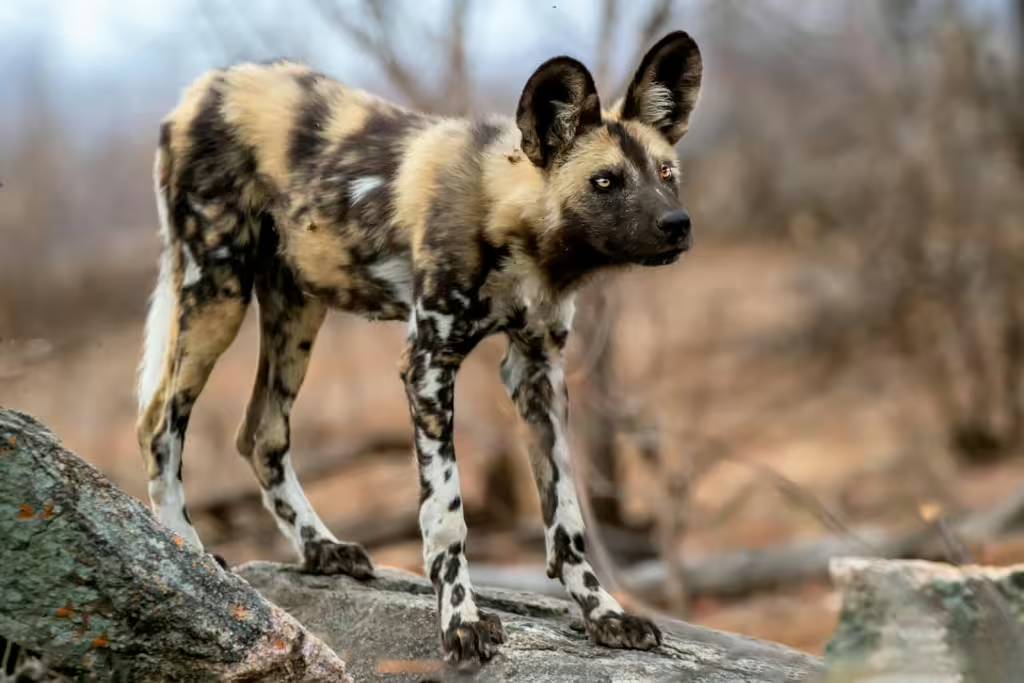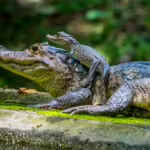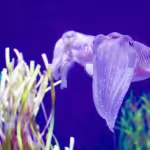When we think about predatory animals, we recognize them for the stealthy hunters and voracious predators they are; animals whose teeth and claws allow them to reign supreme over the food chain. We certainly do not imagine them as being doting parents. Believe it or not, the daily lives of land-dwelling carnivores aren’t just about hunting and survival; they’re also about raising the next generation of little predators. Indeed, many of the most fearsome carnivores on our planet have evolved creative, often bizarre ways to parent and protect their young.
In this article, we will continue our investigation into the different parenting processes of the natural world by highlighting some peculiar parental predators. We will examine the lives of social creatures and solitary ones, comparing how their differing lifestyles contribute to their parenting methods. The examples on this list aren’t just lions, tigers, and bears, either. The entries presented below are not the first terrestrial carnivores that come to mind, but that doesn’t make them or their unique parenting styles any less intriguing.
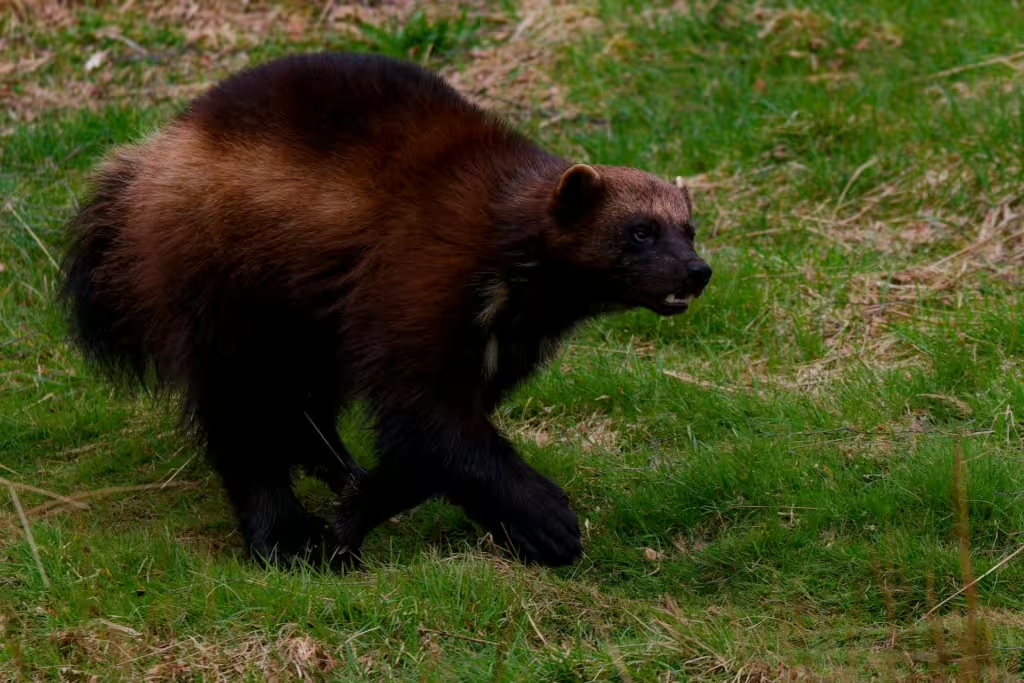
The African Wild Dog: Experts of Alloparenting
Readers who are at least marginally familiar with the African wild dog probably understand that it is a pack animal. As such, these clever canine carnivores can be counted among the most social and cooperative predators in the entire animal kingdom animal kingdom. Of the wild canine species, only wolves evince the same level of cooperation in terms of hunting strategy and social dynamics. This means, that unlike many predatory creatures who compete with their fellows for food, wild dogs work together. And this cooperative behavior isn’t just used when hunting and sharing spoils, but also in how the wild dogs raise their pups.
A typical pack of African wild dogs are led by an alpha male and an alpha female. These two pack members are the only ones that breed, amongst the throng, but even with this proviso in play, it is the entire pack that helps rear the power couples’ young. This system is called alloparenting and wolves actually do it as well. Alloparenting involves subordinate adults and older siblings feeding, grooming, and guarding the pack’s youngest members. In these cases, the adults in charge of the pups will often regurgitate meat from a kill directly for the babies and even for the nursing mothers, thus ensuring that the whole family is cared for.
In an even more unusual twist of animal strategy, African wild dogs hold to a “feed the weakest first” strategy. This means that if a pup whines or begs, it is very likely to get fed before even the stronger pack members get to eat. This, in essence, reverses the normal competitive pecking order found in most predator groups.
The Red Fox: Step-Parents of the Animal World
Red foxes are yet another example of a canine species that engages in communal forms of parenting. These clever critters are quite versatile and are therefore common in many parts of the world. Meanwhile, their unique parenting style is anything but commonplace. First, red foxes form monogamous pairs during the breeding season. Second, those mated pairs will sometimes recruit older siblings or unrelated “helper foxes” to assist in raising the subsequent young.
What do these step-foxes do, you may ask? Well, same thing as the aunties and uncles of the African wild dog and wolf packs. Fox helpers bring the kits food, watch over them and the den, and keep everything safe when the parents are out. Meanwhile, the parents themselves are responsible for bringing home the bacon, so to speak, as well as teaching the kits how to hunt.
That last bit is the most unusual aspect of their parenting methods, however. As adult foxes will sometimes bring live prey back to the den so their babies can “catch” it on their own. This type of “on-the-job training” is a critical life lesson, not commonly seen in other, less social, carnivores.
The Brown Hyena: Long-term Nursing
Brown hyenas can be found hunting and scavenging across the plains of southern Africa. They live in matriarchal groups, led by a dominant female, but unlike other hyena breeds, brown hyenas tend to be more cooperative than combative. Females often raise their babies in communal dens, where all breeding females and older siblings help to care for and protect the cubs. The male of the species will even bring some rare scraps of scavenged meat to the cubs to help in keeping them fed. However, most of what the cubs get in their early stages comes from their mother’s milk. Fun fact, hyena females can lactate for as long as 16 months, far longer than that of other predators, who tend to wean their young onto meat as soon as they can.
The Wolverine: Ferocious but Protective
Anyone who has ever seen a Marvel movie or read a comic book knows that the Wolverine is a solitary creature; at least, the X-Man known as wolverine is, anyway. And while most wolverines are indeed fierce loners that are capable of taking down prey much larger than themselves, they are also caring parents. As tough as a male wolverine might seem, they are positively cuddly when compared to a territorial female with a baby to protect!
After mating in summer months, female wolverines are able to delay the implantation of the fertilized egg into their uterus until a “better time.” This process is called embryonic diapause and it allows the female the chance to wait the pregnancy out during the harsh winter months when food is scarcer but den conditions are optimal. To keep her and the eventual kits comfortable during those cold tomes, the soon-to-be mother constructs an elaborate snow den—sometimes as deep as 15 feet under the snow—to protect them all from the cold and from predators.
For months after their birth, the female will care for her kits in isolation, feeding them milk and teaching them survival skills once they emerge. The father isn’t a total deadbeat either, though he is standoffish in his support. What we mean is, the father wolverine might choose to leave meat caches in the area, allowing the mother to retrieve it, without actually helping out. Hey, it’s better than nothing.
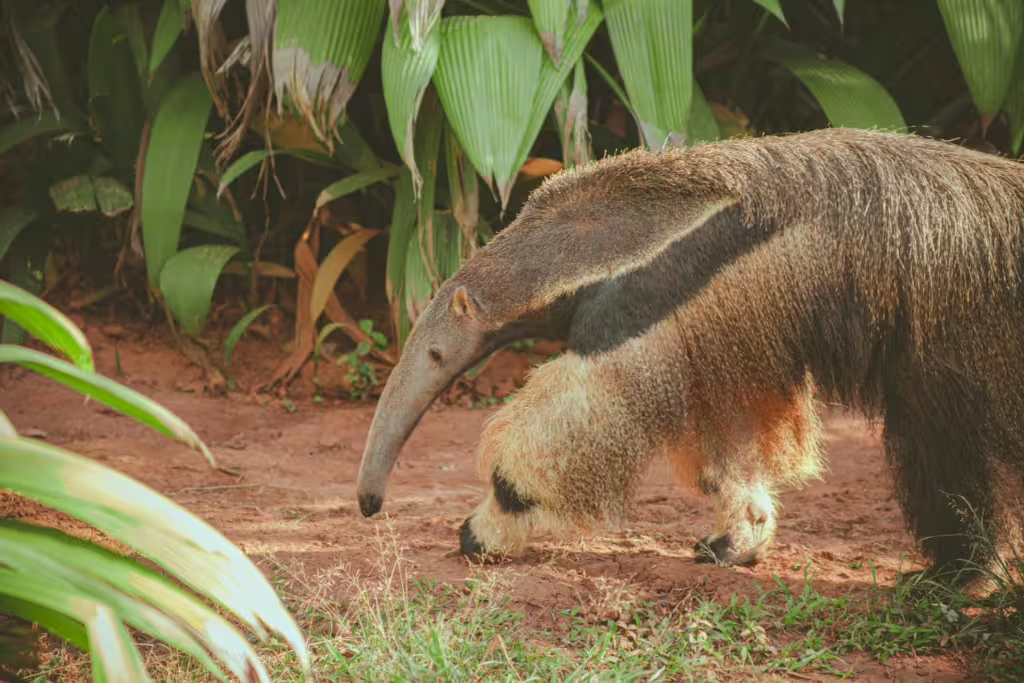
The Giant Anteater: Literally Carrying the Next Generation
Some readers might be thinking this one is a bit of a stretch. After all, anteaters eat…well, ants. Yet, despite its categorization as an insectivore, the giant anteater is still a predator. like a lion or a wolf, It just preys exclusively on insects. Giant anteater mothers stand out as parents because of their unique baby-carrying strategy. From the time the babies are born until they are almost half-grown, they cling to their mother’s back for dear life. As they do, their fur patterns end up aligning perfectly with those of her mother, thus providing excellent camouflage. In the jungles and grasslands of South and Central America, where jaguars and pumas roam, this camouflage is essential. Additionally, if the mom-colored camo doesn’t deter a would-be predator, the mother anteater is no slouch when it comes to combat. Mother anteaters are highly protective and they won’t hesitate to use their powerful claws to defend their offspring.
The Tasmanian Devil: Ferocious and Fast
Our final entry takes us all the way to Tasmania. Here dwells the Tasmanian devil, a small but tough-as-nails carnivore that plays her parenting style real close to the chest; so close, in fact, that her babies are tucked inside her own body, long after they are born. You see, Tasmanian devils are marsupials, and have pouches in their bodies with four teets to feed their tiny young. There are some problems with this setup, though, and they have to do with numbers.
Tasmanian devils give birth to 20 to 30 jellybean-sized young at a clip, but only have room and board for four inside their pouch. You could see how this would be an issue for the spares. Right after the birth, the blind jelly babies race up to claim a teet so they can latch and grow. Those who don’t perish, but those who do are cared for by an extremely protective momma. The mother devil will go on to carry the winners for about four months and then guard them in a den for several months after, limiting her own feeding and exposing herself to danger while she cares for them.
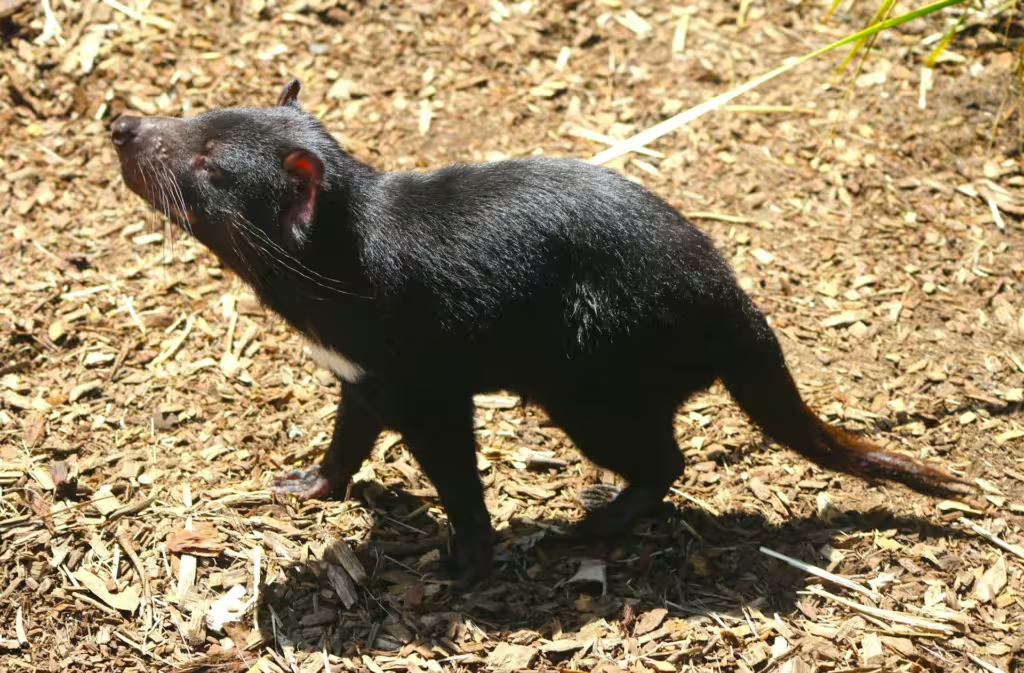
True Investigator Says…
As you can see, parenting throughout the animal kingdom is as varied as the multitudinous species that make it up. Like the underwater parents, avian parents, and reptilian parents we discussed in detail before this, the land-dwelling carnivores of the world are some of the most remarkable parents known to science. Carnivores of all kinds exhibit adaptations and strategies that have proven to be most effective in nurturing the next generation; though very few of these evolutionary methods are fully understood by the bulk of the populace. Be that as it may, each of these unusual carnivore parents remind us that the drive to nurture and protect offspring transcends the implications of ones predatory instincts. Ensuring the survival of the next generation is the one thing that every living thing understands implicitly; and it is important to remember that.
Discover more from TrueInvestigator
Subscribe to get the latest posts sent to your email.
